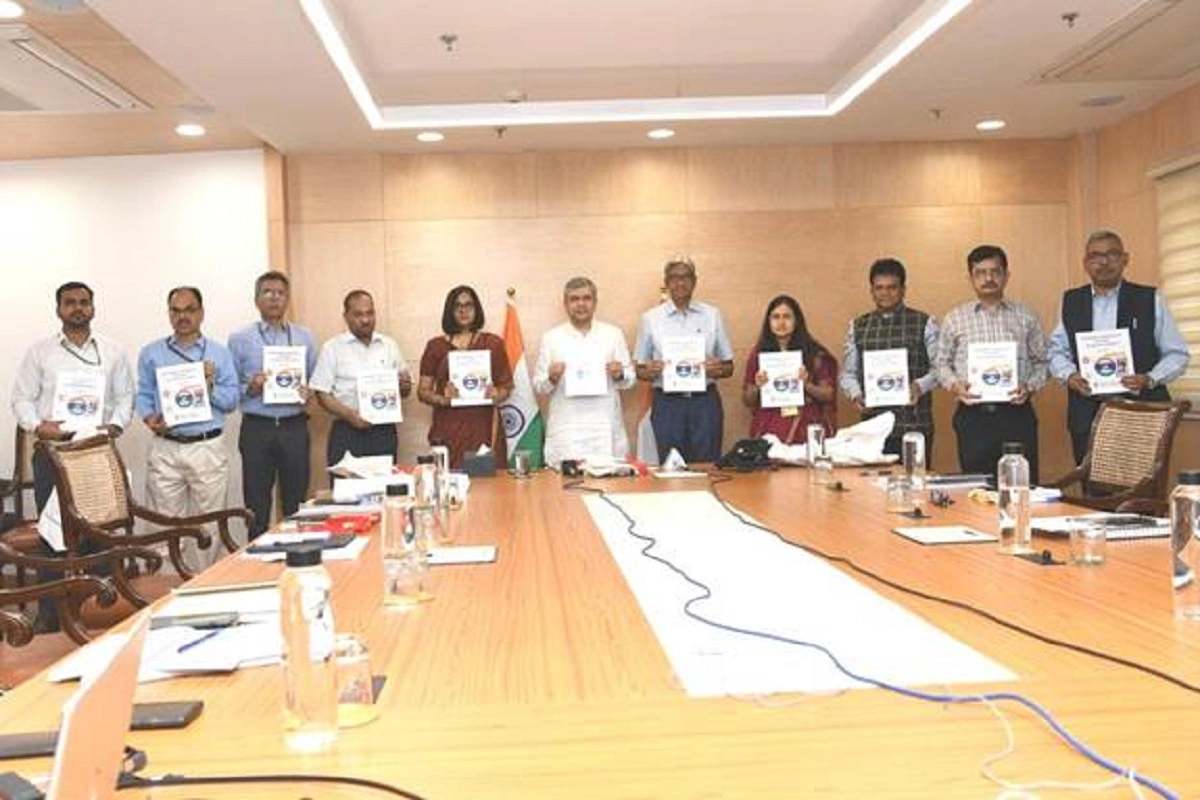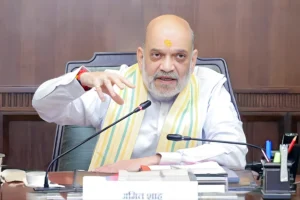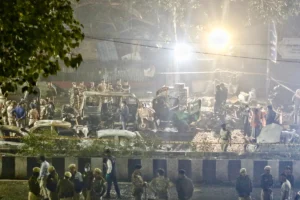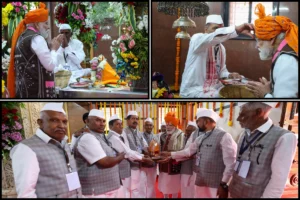
Indian Railways is creating a New Identity for New India by developing Railway stations across the country. Indian Railways is now redeveloping 1275 stations across India under the ‘Amrit Bharat Stations Scheme.’ Today, Shri Ashwini Vaishnaw, Minister of Railways released a booklet on Standard Signages at Stations on Indian Railways in Rail Bhavan, New Delhi. Chairman & CEO, of Railway Board Shri Anil Kumar Lahoti, Members of the Railway Board were also present during the event and General Managers of Zonal Railways also joined the event via video conferencing.
Indian Railways to adopt modern, standard Signages at Stations that will be Divyang friendly
Speaking on the occasion, Shri Ashwini Vaishnaw said, “As you all know, under the leadership of the Hon’ble Prime Minister, Indian Railways have been working tirelessly to enhance the passenger experience at railway stations. It was felt to issue standard guidelines on Signages at Stations that will be consistent and adequate. Today, I am delighted to release the booklet on Standard Signages at Stations on Indian Railways. Indian Railways will adopt modern, standard signages which are Divyang friendly.”
Indian Railways has the largest number of stations in the world than any other rail network. It is important that every passenger should have easy access to facilities by having standard signage.
Also read: Karnataka: Power Battle For CM Position Shifts To Delhi; Congress Top Brass Under Watch
The Booklet on Standard Signages at Stations prioritizes simple language, clear font, easy-to-see colors, and intuitive pictograms. It is made keeping in mind the requirements of all passengers, including the elderly, women, children, divyangjan etc. The colors of signages, type, and size of fonts have been standardized. The concept of a grouping of signages has been introduced for faster wayfinding. New tertiary boards displaying station names with tricolor backgrounds have been introduced. Emphasis has been laid on providing intuitive wayfinding and availability of signages on key decision-making points. While there is an emphasis on the standardization of signages, the need for flexibility in the case of stations with strong architectural vocabulary has also been recognized.
(Written By-: Kapil Gaur)
To read more such news, download Bharat Express news apps



















